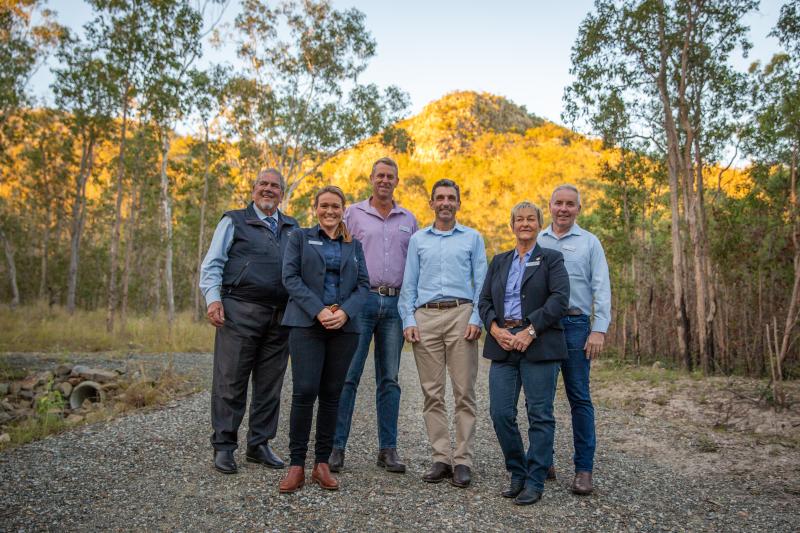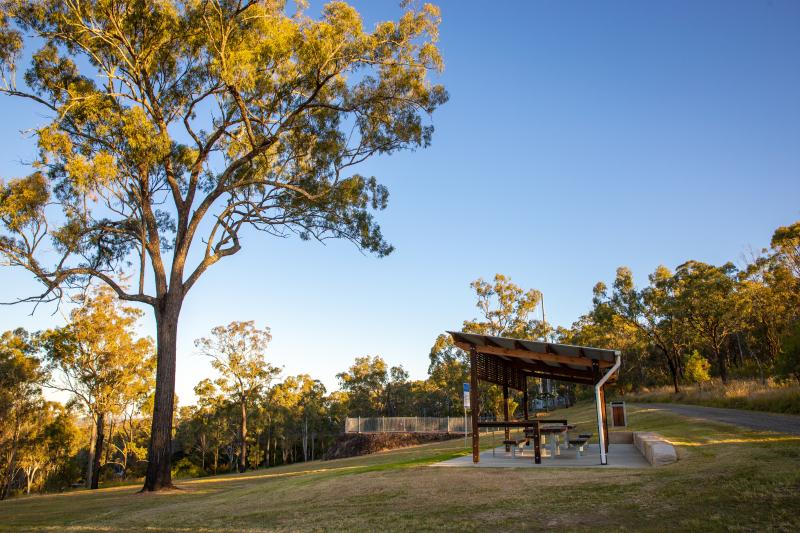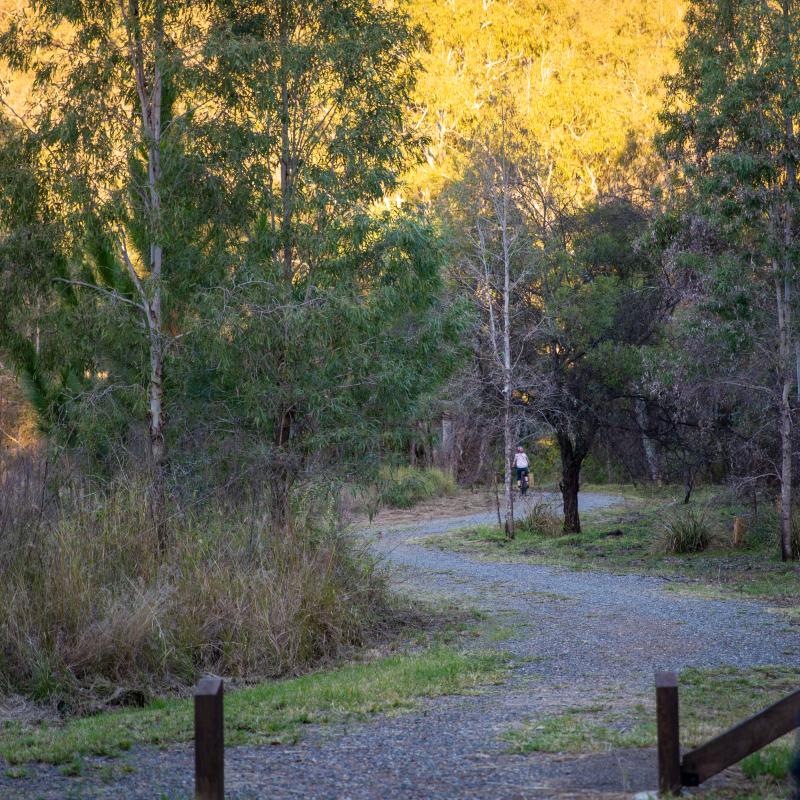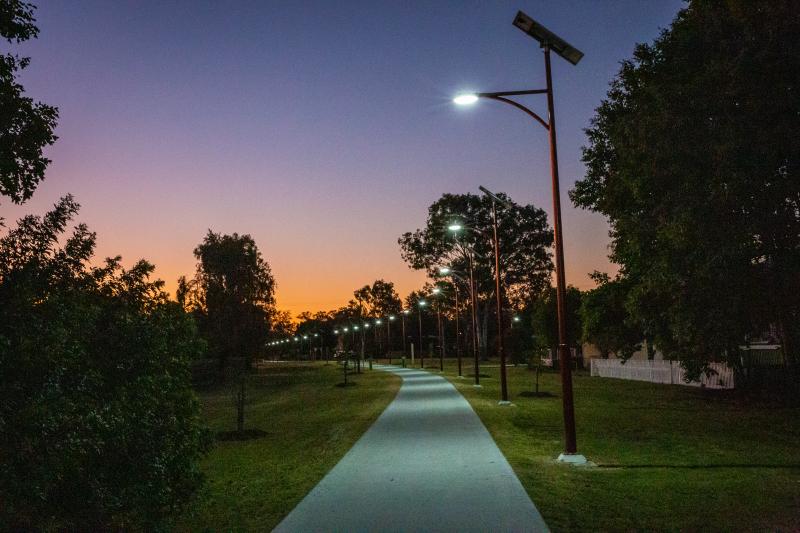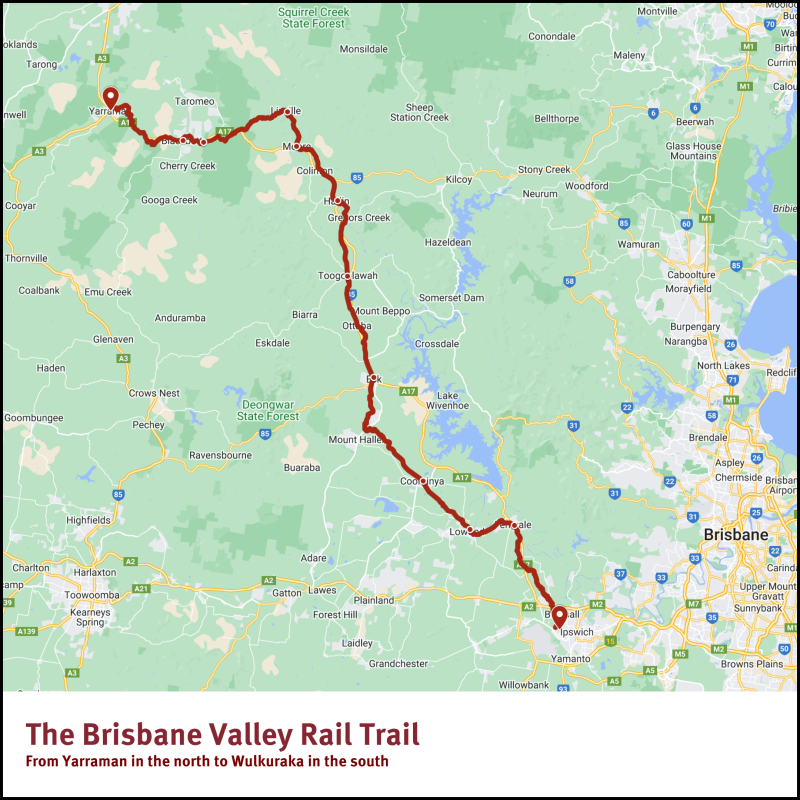Investing in tourism infrastructure to enhance economic resilience in the Somerset region
The 2019 Black Summer bushfires had an immense impact on Queensland’s Somerset region.
Fires burned for two months across 25,000 hectares, devastating bushland, infrastructure, stock, feed and livelihoods. Several communities were forced to evacuate, and significant disruption was felt throughout communities.
The region’s developing tourism industry was hit particularly hard. Somerset’s natural environment is a major drawcard for visitors, who on average generate around $2,500 per person in tourism expenditure each year.
To strengthen the region's economy and aid in overall recovery, the Queensland and Australian Governments invested more than $2.6 million in upgrades to the Brisbane Valley Rail Trail (BVRT) and the Mountain to Mountain connection through the $36.8 million Local Economic Recovery (LER) Program.
The Brisbane Valley Rail Trail, a 161 km trail that follows the disused Brisbane Valley rail line, is a crucial tourism asset for the Somerset region.
The longest rail trail in Australia, it is open to walkers, cyclists, and horse riders, with the majority of users day trippers, while others explore the trail over several days and stay overnight in towns along the way.
The LER investment has seen new pathways, trailheads, solar lighting, shelters, and turfing added along the trail in Esk, Toogoolawah, Lowood, and Fernvale.
Additionally, wayfinding and interpretive signage have been installed to make the trail more accessible and inclusive.
The signs provide information about local flora and fauna, which adds value to the trail experience and encourages visitors to pause and appreciate their surroundings.
The Mountain to Mountain connection upgrades have also enhanced tourism and recreation links between Mount Glen Rock and Blanks Mountain.
Alongside the new infrastructure, clearing works carried out as part of the upgrades have improved community safety by enhancing fire breaks and mitigating the risk of future bushfires.
While the LER Program supports rebuilding infrastructure that has been damaged or destroyed through natural disaster, it is about building back better: strengthening communities by supporting projects that contribute to local, regional, economic and social recovery.
The upgrades funded through the LER Program realise part of the Somerset Regional Council’s broader tourism strategy, which aims to generate a 10 per cent uplift in visitation spend from $63 million to $73 million per annum.
This increase is projected to boost local employment, with an estimated 84 new full-time jobs set to be created.
These upgrades will drive tourism, increase visitor expenditure and create job opportunities for locals. It will also position the region to capitalise on its proximity to Brisbane and coastal tourism destinations, and tap into tourism opportunities associated with the 2032 Olympic Games.
